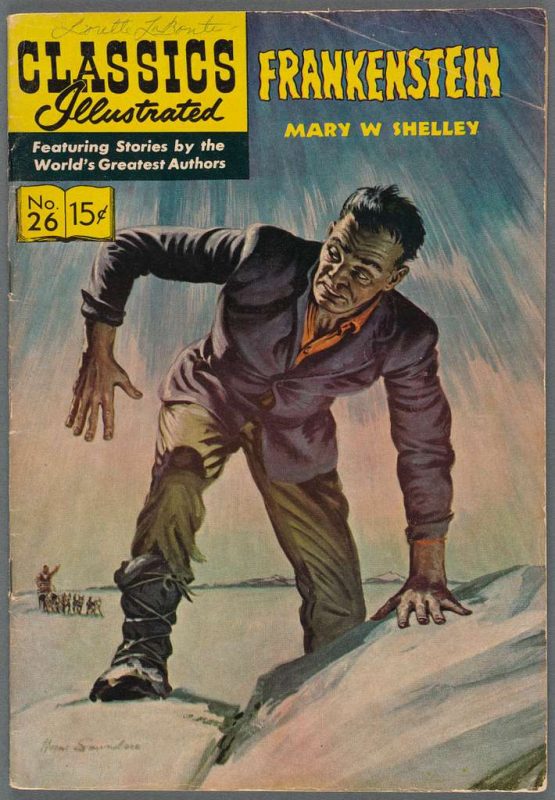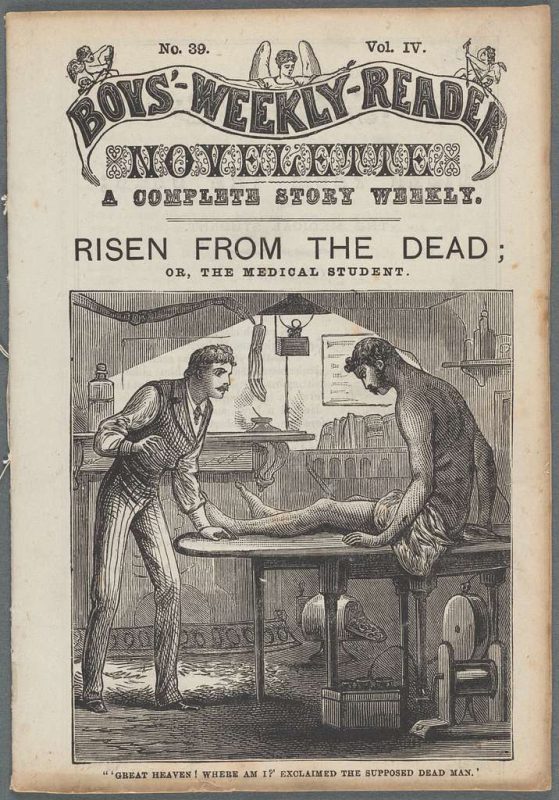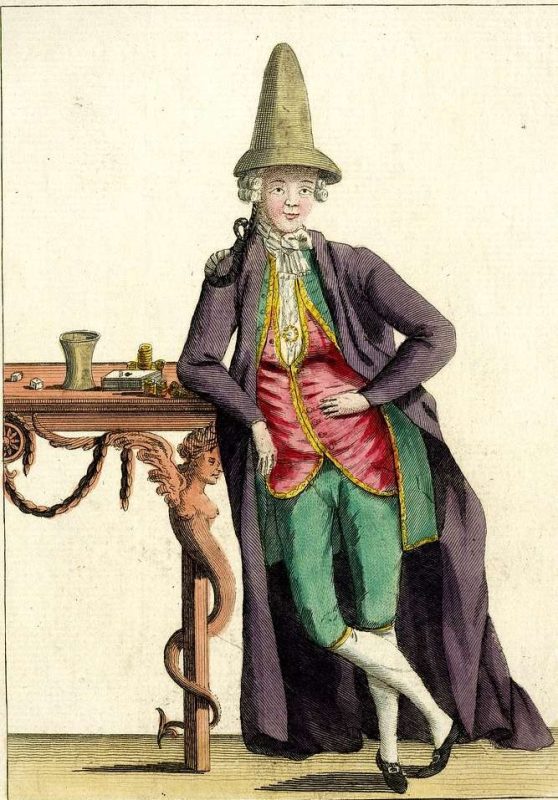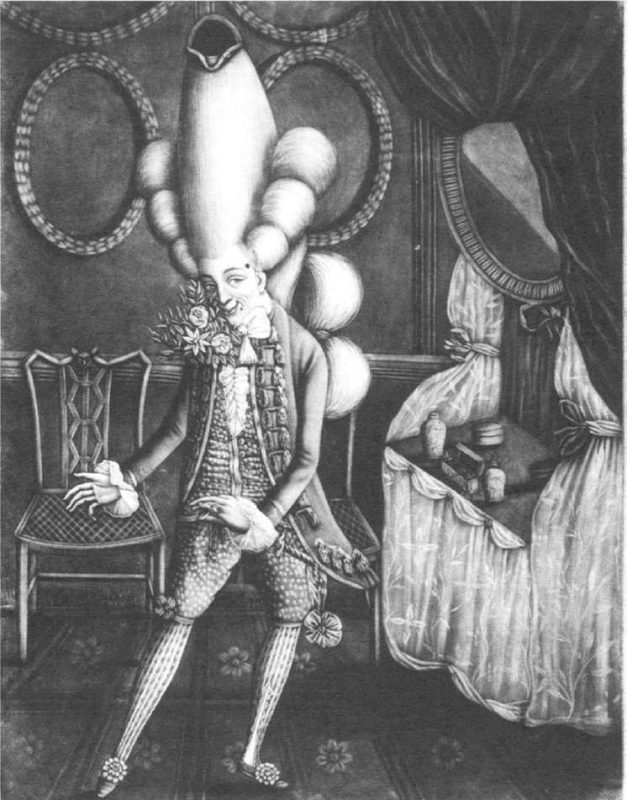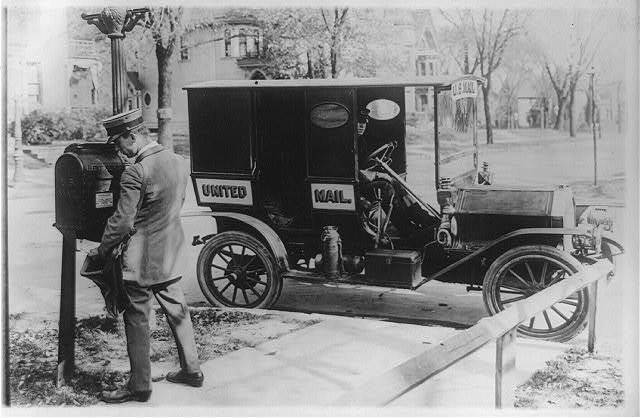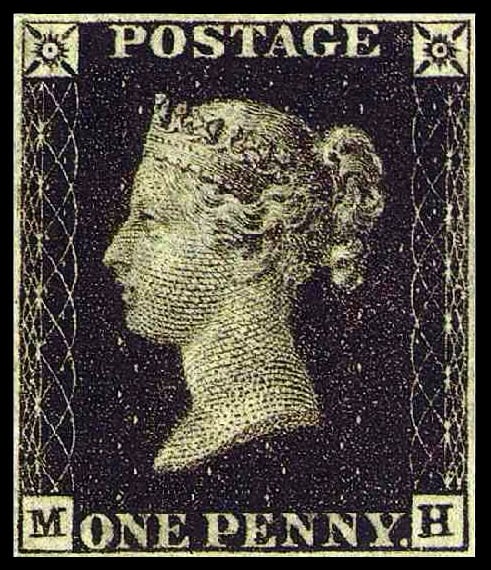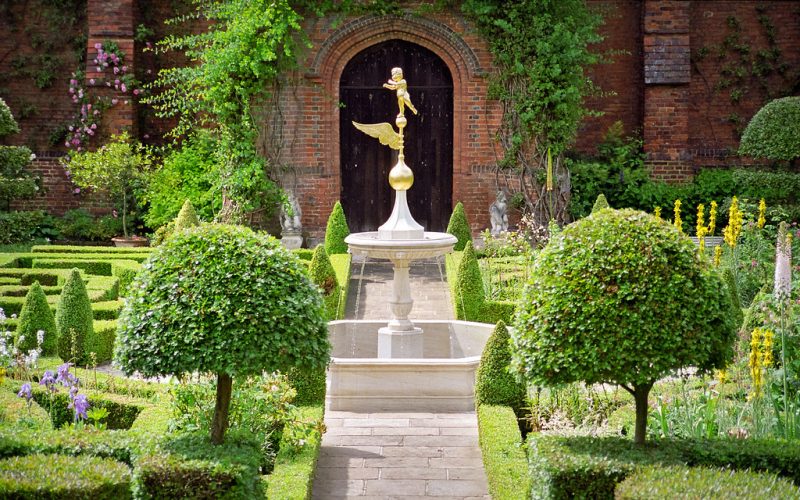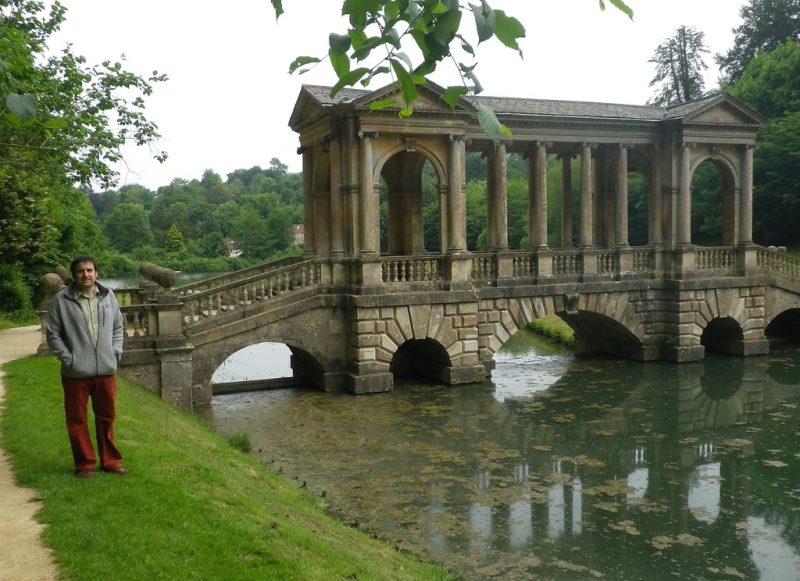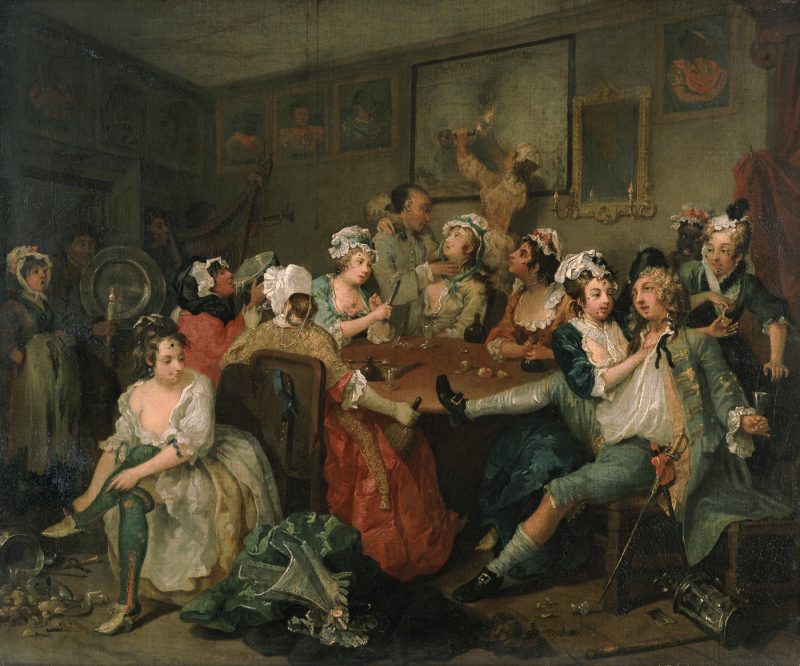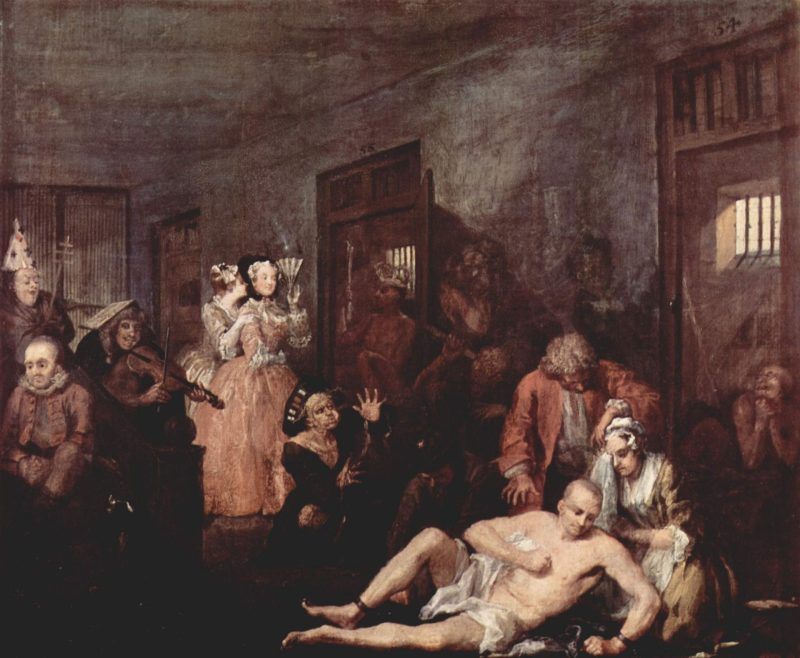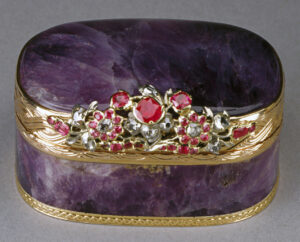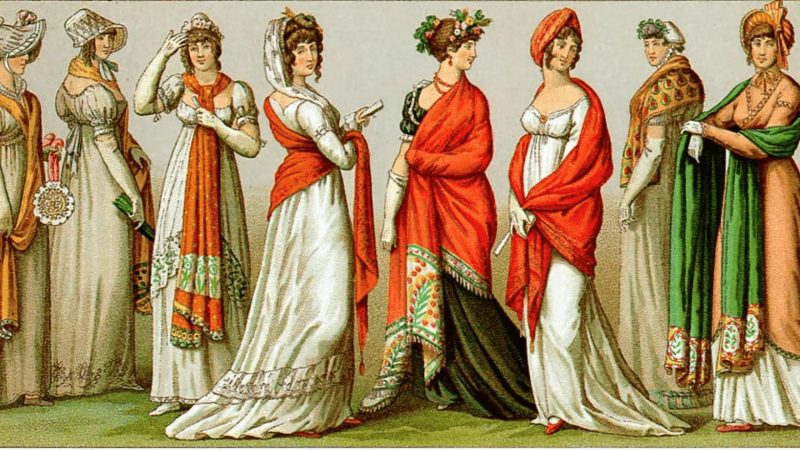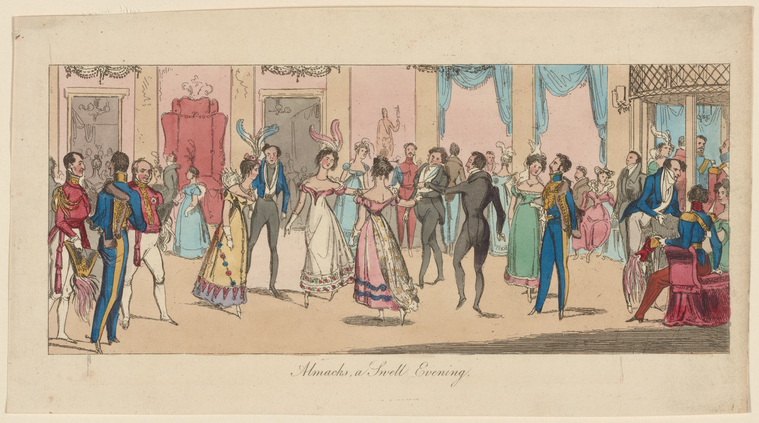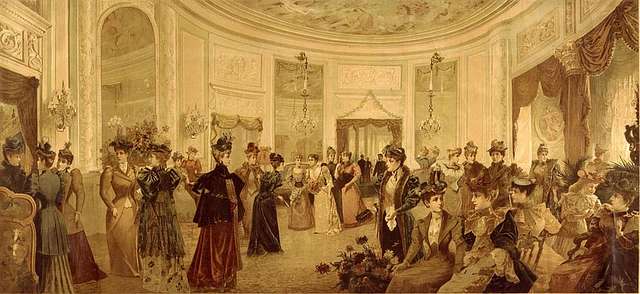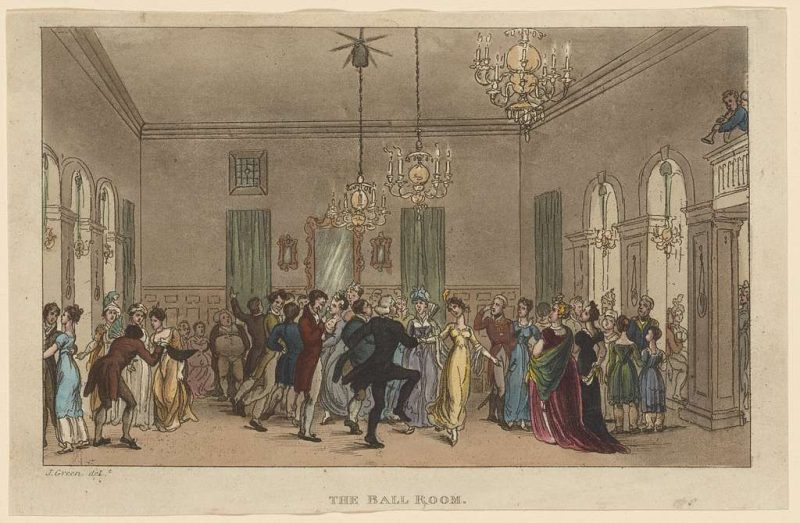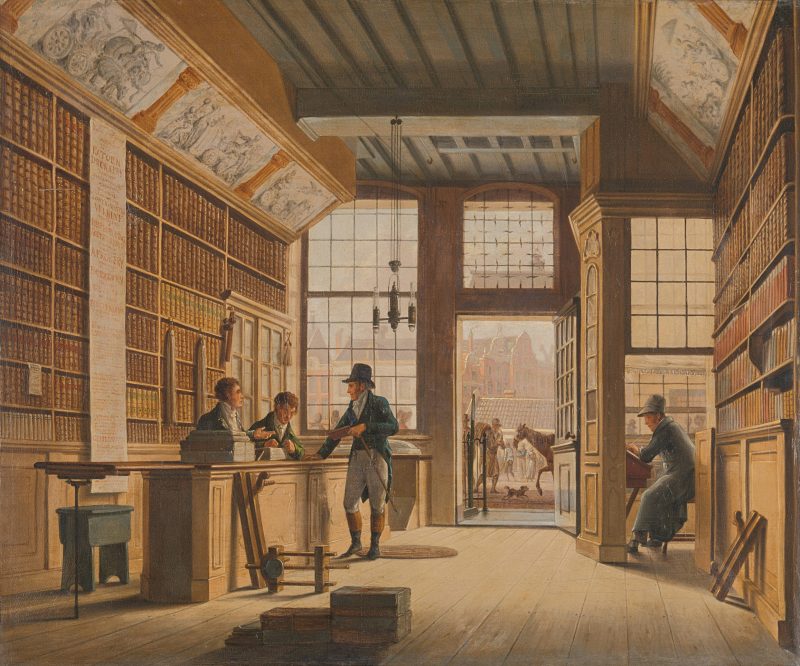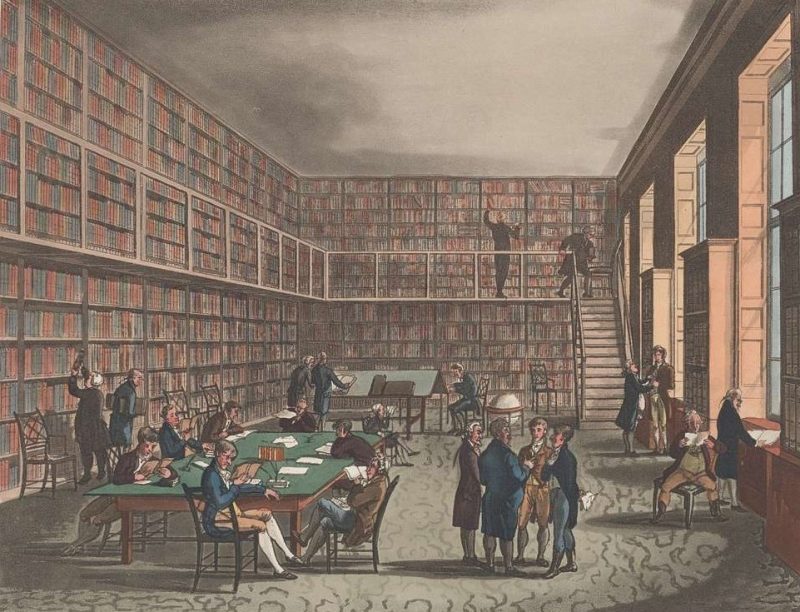In the Regency era, the apothecary was a key figure in the provision of medical care. Unlike today’s highly specialised healthcare system, medical treatment in the early 19th century was a patchwork of practices, ranging from traditional remedies to emerging scientific methods. Apothecaries occupied a unique position in this system, serving as both pharmacists and general practitioners. Their work offers a fascinating glimpse into the challenges and innovations of Regency-era medicine.
The Apothecary’s Role
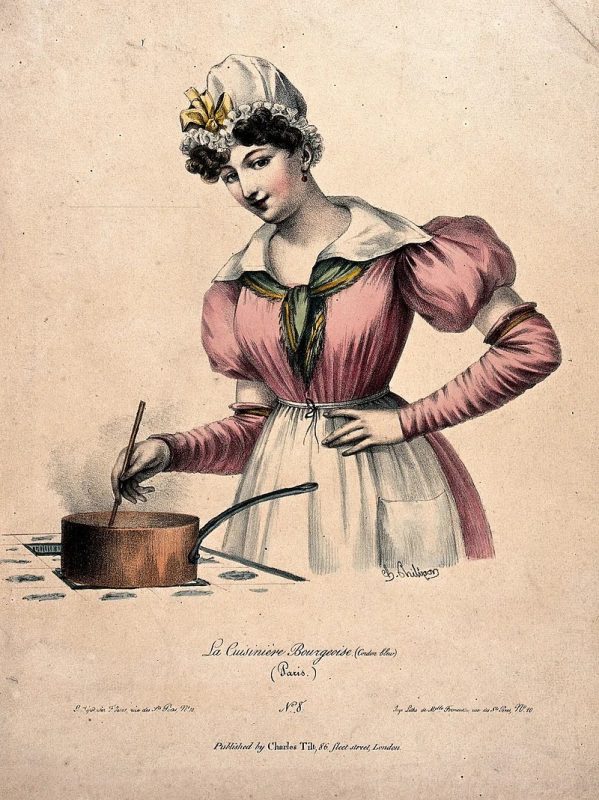
Apothecaries were responsible for preparing and dispensing medicines, often based on herbal remedies, minerals, and other natural substances. They also provided medical advice and treatment, particularly for those who could not afford the services of a physician. In many ways, apothecaries were the forerunners of modern general practitioners, offering a wide range of services to their communities.
However, the role of the apothecary was not without controversy. Physicians, who held university degrees and considered themselves the elite of the medical profession, often looked down on apothecaries as mere tradesmen. Despite this, apothecaries played a crucial role in providing accessible healthcare, particularly in rural areas where physicians were scarce.
Common Treatments and Remedies
Regency-era medicine was a mix of traditional practices and emerging scientific knowledge. Apothecaries relied on a variety of treatments, including:
- Herbal remedies: Plants like chamomile, lavender, and willow bark were used to treat a range of ailments.
- Bloodletting: This practice, based on the ancient theory of humours, involved draining blood to restore balance to the body.
- Purging: Emetics and laxatives were used to cleanse the body of toxins.
- Opium: Derived from poppies, opium was a common painkiller and sedative.
While some of these treatments were effective, others were based on outdated or incorrect theories. The lack of understanding of germ theory and infection meant that many treatments were ineffective or even harmful.
The Apothecary’s Shop
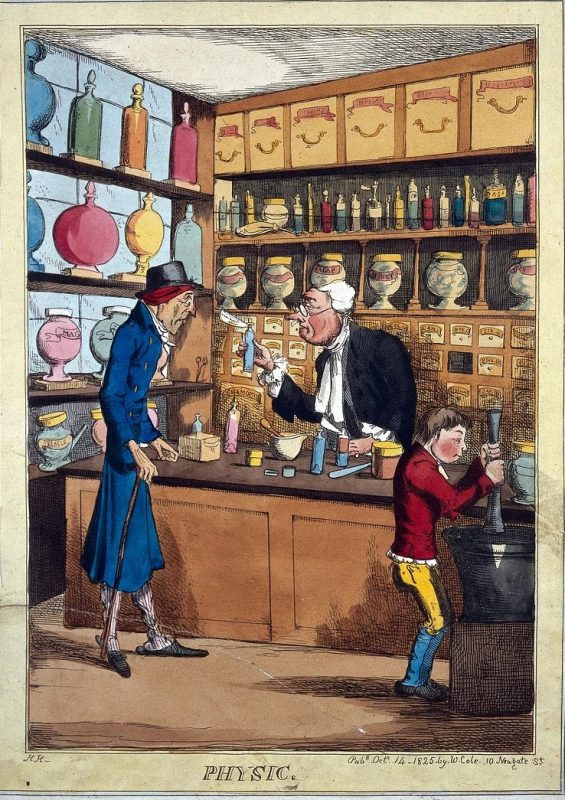
The apothecary’s shop was a central feature of Regency towns and villages. It was often filled with jars of herbs, bottles of tinctures, and other medicinal ingredients. The apothecary’s knowledge of these substances was passed down through apprenticeships, as formal medical education was limited.
Apothecaries also played a role in public health, providing advice on hygiene and disease prevention. During outbreaks of diseases like cholera or smallpox, they were often on the front lines, dispensing remedies and offering support to affected communities.
The Legacy of the Apothecary
The role of the apothecary evolved over time, eventually merging with the modern professions of pharmacy and general practice. However, their contributions to healthcare during the Regency era were significant. They provided accessible and often compassionate care to those in need, laying the groundwork for the development of modern medicine.
Conclusion
The apothecary was a vital figure in Regency-era healthcare, bridging the gap between traditional remedies and emerging scientific knowledge. Their work highlights the challenges and innovations of a time when medicine was still in its infancy, and their legacy endures in the modern healthcare system.
References for Further Reading:
- The Apothecary
https://janeausten.co.uk/blogs/regency-history/the-apothecary - Apothecaries from the Eighteenth Century Onward: England
https://collections.countway.harvard.edu/onview/exhibits/show/apothecary-jars/eighteenth-century-england
